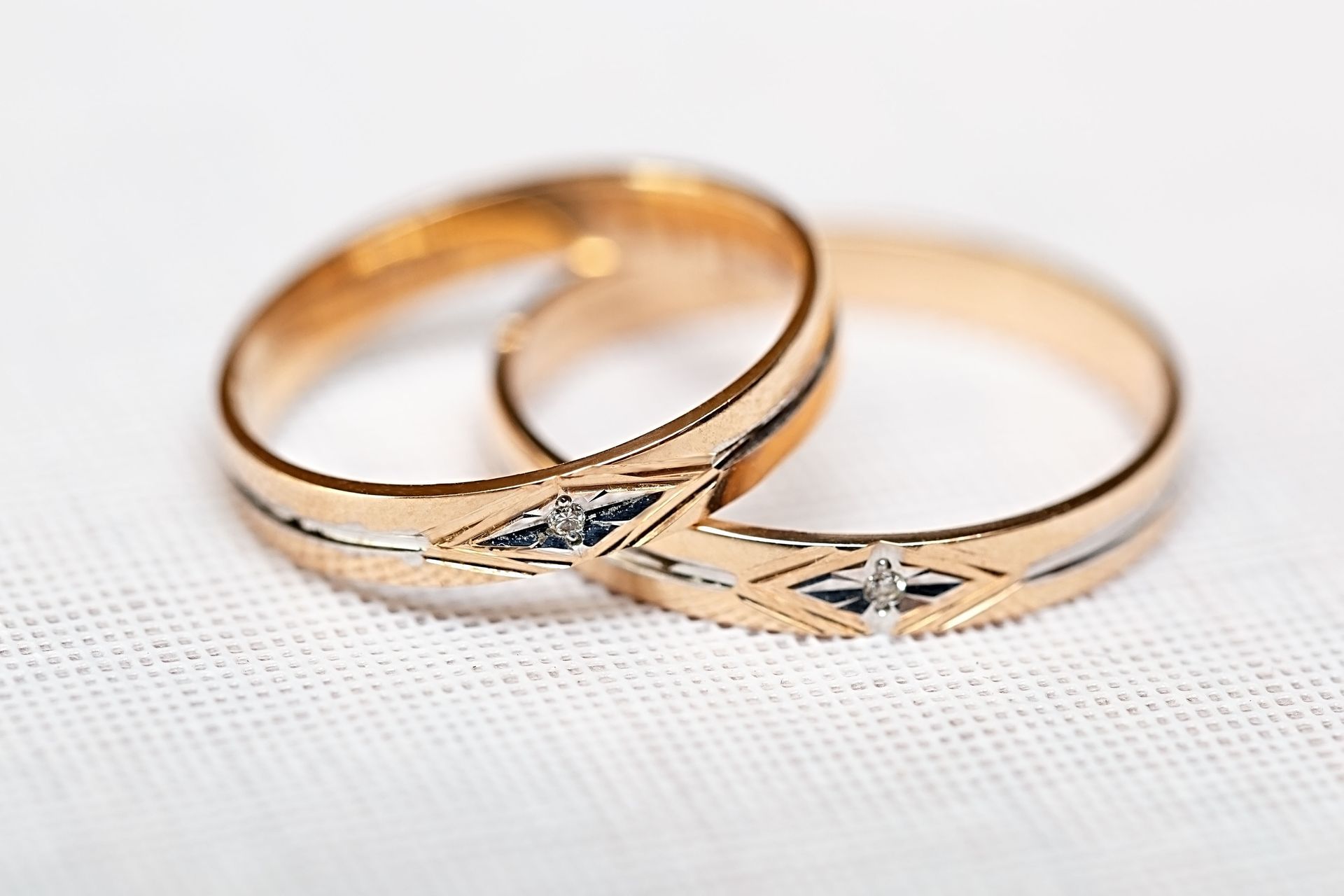How to Spot Quality Craftsmanship in Jewelry Pieces
Quality craftsmanship in jewelry is more than a matter of style; it reflects artistry, tradition, and a jeweler’s dedication to excellence. A fine piece is meant to be worn, admired, and passed down, carrying the story of both the wearer and the maker. Whether you’re investing in a stunning engagement ring, a family heirloom, or a one-of-a-kind statement piece, understanding the hallmarks of professional craftsmanship ensures your choice will hold its beauty and value over time. In today’s market, where mass-produced items can look appealing at first glance but lack durability, developing a discerning eye is essential. Learning how to evaluate design, construction, and finishing details can turn you into a confident buyer—one who knows the difference between an ordinary accessory and an actual work of art.
Recognize the Value of Precious Metals
Gold and platinum are the foundation of most fine jewelry. Gold’s karat rating affects both color and durability, with higher karats containing more pure gold. Platinum’s rarity and resilience make it ideal for long-term wear and high-value designs. Knowing the properties of each metal allows buyers to choose based on both style and practical needs, ensuring the piece performs as beautifully as it looks.
Gold’s malleability allows for intricate, high-detail designs, making it a favorite among artisans who appreciate its creative freedom. Platinum stands out for its ability to resist tarnish and withstand daily wear, making it a top choice for engagement and wedding jewelry. Selecting a precious metal should always consider how often the piece will be worn, how it will be cared for, and the wearer's lifestyle. These factors help ensure the investment retains both sentimental and financial value.
Evaluate Gemstones by the Four Cs
The beauty of a gemstone is determined by clarity, cut, color, and carat weight. Clarity measures the visibility of inclusions or flaws, while cut affects how light interacts with the stone. Color can range from colorless diamonds to richly saturated sapphires and emeralds, with rare hues commanding higher prices. Carat weight influences visual impact and overall value, often serving as one of the most noticeable attributes to buyers.
A masterfully cut gemstone can disguise minor inclusions and enhance brilliance, creating a vibrant play of light. In colored stones, a vivid hue with minimal treatment is highly desirable and reflects the rarity of the material. Choosing the right combination of the Four Cs requires balancing aesthetics with budget, and an experienced jeweler can help guide you toward a choice that complements your style while meeting your quality expectations.
Understanding these key attributes allows buyers to compare stones more effectively and choose a gem that meets their priorities, whether maximizing sparkle, emphasizing color, or creating visual balance within a setting. It also ensures the selection not only looks beautiful today but remains a valuable part of a collection for years to come.
Look for Symmetry and Balance
A hallmark of excellent jewelry design is symmetry. Perfectly balanced proportions not only please the eye but also indicate high skill in both design and execution. Whether matching side stones on a ring or making sure uniform spacing in an intricate pattern, symmetry plays a vital role in perceived value.
Achieving balance requires careful planning and precise artistry. Any visible irregularities can diminish the beauty of an otherwise well-made piece. This is particularly true in jewelry meant to be viewed up close, such as engagement rings or fine pendants, where even the smallest inconsistencies can be noticed.
When evaluating a piece, check for evenness in shape, consistent spacing, and harmony in overall design. Well-balanced jewelry not only looks elegant but also tends to maintain its structural integrity over the years of wear.
Assess the Finishing Touches
Finishing refers to the polish and texture applied to a piece after the main construction is complete. A flawless polish creates a mirror-like shine, while textured finishes add character and depth. Both require skilled hands to execute without imperfections, and both play a significant role in the final presentation of a piece.
High-quality finishing indicates that a jeweler has taken the time to refine every detail, from the smoothness of the metal to the evenness of any decorative textures. Poor or uneven finishing can detract from the overall look and feel of the jewelry, even if the design is strong.
Whether you prefer a glossy finish or a more understated matte look, the surface should be even, free of scratches, and aligned with the piece’s intended style. The best finishing work feels seamless; nothing about it should distract from the beauty of the design.
Inspect the Prongs and Settings
Prongs and other stone settings are not just decorative—they are essential for securing valuable gemstones. Well-crafted prongs should be even, smooth, and positioned to hold the stone firmly without blocking light. Poorly made settings can loosen over time, putting both the appearance and safety of the gemstone at risk.
Different setting styles, such as bezels or tension settings, offer varying levels of protection and visual impact. A quality setting should enhance the stone’s beauty while holding it securely in place for years to come.
Regular inspections of prongs and settings help prevent costly repairs or loss. When choosing a piece, prioritize jewelry where the setting’s craftsmanship clearly matches the value of the gemstone it holds.
Examine the Precision of Engraving
Engraving adds personalization and artistry to jewelry. Whether it’s initials, dates, or intricate designs, high-quality engraving is crisp, evenly cut, and proportionate to the piece.
Poor engraving can appear shallow, uneven, or out of alignment, diminishing both beauty and durability. Skilled engravers consider surface texture, metal hardness, and scale to ensure long-lasting results that complement the overall design.
Personalized engravings can make a piece more meaningful, transforming it into something that carries emotional weight for the owner. The best engravings integrate seamlessly, enhancing the jewelry’s appearance while telling a unique story.
Compare Consistency Across Pieces
A jeweler’s true skill is often revealed through the consistency of their work. Uniformity in gemstone setting, polish, and design execution across multiple pieces shows a commitment to high standards.
When evaluating a jeweler, compare several of their creations. Consistent craftsmanship suggests that the quality of one purchase will carry over to future acquisitions. For collectors and long-term investors, this consistency builds trust and reinforces the value of each jewelry piece in a collection.
As the global jewelry market is projected to grow at an annual rate of 4.7% from 2024 to 2030, according to Grand View Research, the demand for superior materials and exceptional artistry will continue to rise. Choosing a jeweler who understands both design and durability ensures you’ll receive guidance on material selection, care, and style choices that will keep your investment beautiful for decades.
Quality jewelry craftsmanship blends artistry with technical precision, resulting in pieces that can be treasured for generations. From the selection of materials to the smallest finishing details, every element matters in determining value and appeal. Discerning buyers who understand these qualities are better positioned to select pieces that deliver lasting beauty, durability, and investment potential.
Tri-County Jewelry Exchange in Levittown, NY, has been delivering exceptional craftsmanship for over 40 years, with more than 30 jewelers under one roof. We focus on jewelry repair, custom
jewelry, and offer cash for gold. Whether you’re seeking timeless classics or modern designs, our team’s dedication to quality ensures every piece meets the highest standards. Visit us today and see why our experience has made us a household name for generations of customers.




